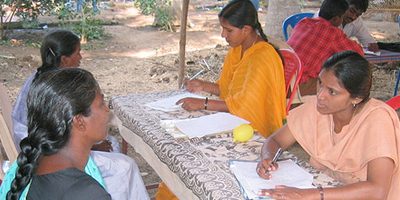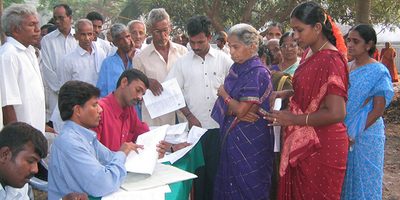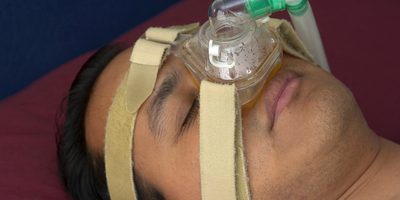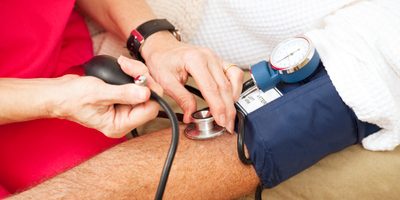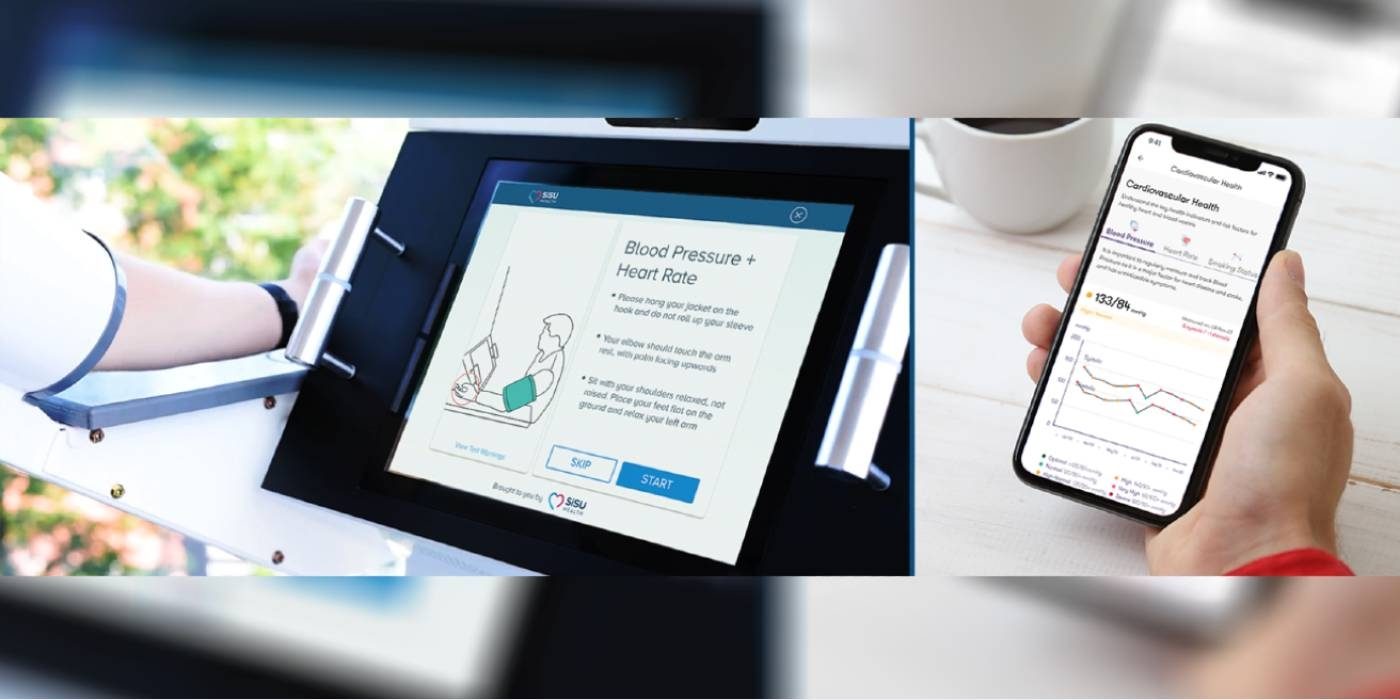
Shop-to-Stop Hypertension: A public screening campaign to detect and manage raised blood pressure in Australian adults
Background
Worldwide the leading risk factor for death is raised blood pressure (BP), accounting for ~30,000 deaths daily.1 In Australia, high BP is responsible for 43% of coronary heart disease, 41% of stroke, 65% of the burden of hypertensive heart disease, 38% of chronic kidney disease, 32% of atrial fibrillation and flutter and 3.6% of dementia.2 Better BP control could save more lives than any other single treatment intervention.3 In Australia, BP control rates have stagnated since 2011 at ~32%,4, 5 leading to a 2022 call to action to improve uncontrolled BP in Australia.5
Hypertension (the condition you have from high BP) is called the "silent killer" because most people who have raised BP do not have any symptoms.6 In Australia, 34% of adults have hypertension,4 but millions remain unaware and undiagnosed.6, 7 Only one in two people detected to have high BP are aware of their condition.8 Innovative strategies to target wider and high-risk populations, including rural and remote areas, are needed. These strategies need to improve the detection of people with hypertension and increase overall awareness of the public on the risks regarding hypertension, to ensure that they seek medical care from their doctor.9
Aim
The aim is to identify, refer and follow adults in need of hypertension care, whilst raising population-wide awareness.
Secondly, the study aims to evaluate differences in the change of various health outcomes (BP, weight, body mass index (BMI), body fat percentage, use of BP medications, smoking, exercise and dietary practices, visits to the GP, number of visits to get BP checked) between groups of adults with high BP who either received text message-based nudges to improve their health compared to those who did not receive these messages.
Research Methodology
This study is a cluster randomised control trial using SiSU Health Stations installed in 30 Bunnings Warehouse stores in NSW. Customers and retail staff can visit the medical grade Health Stations to measure their BP (as well as other health measures) free of charge and independently without the need for a nurse or other staff assistance. All participants will receive emails after completing the health measures which encourages them to adopt a healthy lifestyle. Of the 30 health stations installed, 15 of these will be randomised to provide text-message nudges to participants to re-check their BP and visit their GP if they have a high BP rating. The other 15 Health Stations will not receive these text-message nudges. Each Health Station will be ‘live’ for the study duration of 12 months.
Current Status
The project is recruiting participants at the Health Stations starting in December 2023 at the following Bunnings Warehouse locations: https://www.sisuhealthgroup.com/shop-to-stop-hypertension
References
GBD 2019 Risk Factors Collaborators. Global burden of 87 risk factors in 204 countries and territories, 1990-2019: a systematic analysis for the Global Burden of Disease Study 2019. Lancet. 2020;396:1223-1249.
Australian Institute of Health and Welfare. Australian Burden of Disease Study: impact and causes of illness and death in Australia 2015; and High Blood Pressure report 2017-2018. 2019.
Hanlin RB, Asif IM, Wozniak G, Sutherland SE, Shah B, Yang J, Davis RA, Bryan ST, Rakotz M and Egan BM. Measure Accurately, Act Rapidly, and Partner With Patients (MAP) improves hypertension control in medically underserved patients: Care Coordination Institute and American Medical Association Hypertension Control Project Pilot Study results. J Clin Hypertens (Greenwich). 2018;20:79-87.
Australian Institute of Health and Welfare. High blood pressure. 2019.
Schutte AE, Webster R, Jennings GLR and Schlaich MP. Uncontrolled blood pressure in Australia: a call to action. Med J Aust. 2022;216:61-63.
NCD Risk Factor Collaboration. Worldwide trends in hypertension prevalence and progress in treatment and control from 1990 to 2019: a pooled analysis of 1201 population-representative studies with 104 million participants. Lancet. 2021;doi: 10.1016/S0140-6736(21)01330-1.
Carnagarin R, Fonseca R, Brockman D, Critchley S, Tan I, Trengove N, Tan K, Lambert GW, Cowley D, Burrell LM, Poulter NR, Beaney T, Ster AC, Xia X and Schlaich MP. May Measurement Month 2018: an analysis of blood pressure screening results from Australia. Eur Heart J Suppl. 2020;22:H17-h19.
Carnagarin R, Nolde JM, Yang J, Marques FZ, Picone DS, Lambert GW, Beaney T, Poulter NR, Schutte AE, Reid CM, Brockman D and Schlaich MP. Stagnating rates of blood pressure control in Australia: insights from opportunistic screening of 10 046 participants of the May Measurement Month campaigns. Journal of Hypertension. 2023;41:632-637.
Brook RD, Dawood K, Foster B, Foust RM, Gaughan C, Kurian P, Reed B, Jones AL, Vernon B and Levy PD. Utilizing Mobile Health Units for Mass Hypertension Screening in Socially Vulnerable Communities Across Detroit. Hypertension (Dallas, Tex : 1979). 2022;79:e106-e108.





